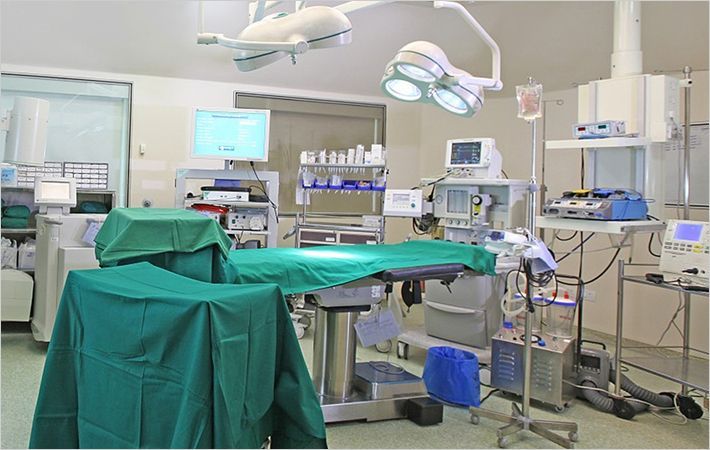While the character of the Labor Day celebration has changed in recent years, its roots in the organized labor movement to emphasize worker rights and safety remain the same.
According to the Centers for Disease Control and Prevention, health care is the second-fastest-growing sector of the U.S. economy, employing over 12 million workers. Health care workers face a wide range of hazards on the job, including needle stick injuries, back injuries, latex allergy, violence, and stress. ule to protect workers from occcupational exposure to infectious agents in healthcare settings, both those providing direct patient care and other settings where healthcare workers may be exposed to #
The September issue of the American Journal of Infection Control adds a new hazard to the list and reports that dangerous germs could be lurking on nurses' and doctors' uniforms.
Researchers from Shaare Zedek Medical Center in Jerusalem cultured three spots on the uniforms of 75 nurses and 60 physicians working in a 550-bed hospital. Potential pathogens (also known as infectious agents, or germs) were found on 63% of the uniforms, and antibiotic resistant bacteria were found on samples from 14% of nurses' uniforms and 6% of doctors' uniforms. Eight of those cultures grew methicillin-resistant Staphylococcus aureus, better known as MRSA.
In reporting on The Hospital of the Future, the American College of Physicians Hospitalist magazine takes a look at innovations in hospital fabrics in “The white coat of the future.”
“Textiles in the health care environment are an excellent substrate for bacteria growth. It takes only a small amount of moisture, a little bit of grime or grease or dirt, which has a small amount of protein, and bacteria are very happy to proliferate,” said Thomas J. Walsh, FACP, director of Cornell University's transplantation-oncology infectious diseases program and part of the research team working on the new fabric, known as VTT-003 or by its trade name, VESTEX™.
Studies of traditional white coats have found that 80% of physicians working in a MRSA-contaminated environment have the bug on their clothes, he reported. “We all touch our garments,” Dr. Walsh said. “Does that mean we abandon white coats? No, whatever garment we're wearing will be colonized.”
He and his colleagues have conducted numerous lab tests on the resulting product. “All told, there are well over 40 pathogens, including C. diff, MRSA, KPC (Klebsiella pneumoniae Carbapenemase), where we've been able to demonstrate striking antimicrobial activity in the test tube,” he said. After 50 washes, the antimicrobial effectiveness didn't decrease, he added.
The ACP Hospitalist reported that the fabric has also been tested in practice. A four-month trial at the Medical College of Virginia in Richmond randomized ICU clinicians to wear either regular scrubs or scrubs made of VESTEX™. Then microbiology samples were taken from the subjects' clothes and hands. The results showed an average 5-log reduction in the quantity of MRSA on their clothes.
“Even though the health care workers had a major reduction on their garments, their hands still had a similar level, so hand washing is still important. It's a multi-disciplinary approach,” said Dr. Walsh. “The scrubs are not necessarily a full panacea.”
Combined with other strategies, he believes the futuristic fabric can help to improve hospital infection control someday. “This we think can certainly be a valuable addition to 1) protecting health care workers, 2) preventing acquisition, and 3) hopefully preventing transmission,” Dr. Walsh said. “The data seem very, very encouraging.”
Support is building for establishing standards for healthcare worker uniforms. Last year, healthcare leaders from top universities and hospitals across the country sent an appeal to the Occupational Health and Safety Administration (OSHA) calling for such standards. At a conference held in June at the Thomas Jefferson School of Population Health, a large majority of attendees strongly supported healthcare worker uniform standards. Additional research conducted among healthcare workers showed overwhelming support for uniforms with fluid barrier protection and clinically proven antimicrobial activity, and are comfortable to wear.
On July 29 in Washington, D.C., OSHA held stakeholder meetings to examine the issues of exposure to infectious diseases in health care workplaces. OSHA will use the information gathered during the meetings to explore the possible development of a proposed rule

